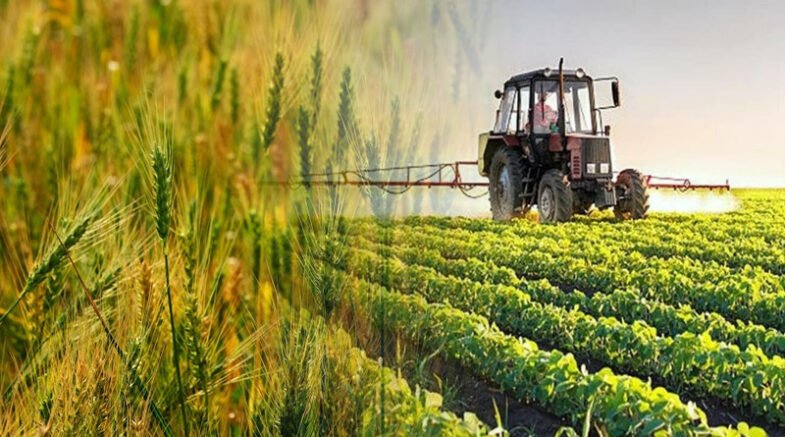The Smart Potato Greenhouse Technology app makes use of sensors to control irrigation and track temperature and soil quality.

The Smart Potato Greenhouse Technology app makes use of sensors to control irrigation and track temperature and soil quality.
Clemence Uwamutarambirwa, 24, recently completed a six-month “Internet of Things” (IoT) training programme at the Catholic University of Rwanda (CUR) in the Huye and Gisagara Districts of the nation. She then created a mobile phone application that uses sensors to monitor soil quality and temperature and can automate irrigation.
IOTs refers to the technology that makes it possible to network inert objects with sensors and software embedded in them so that data can be exchanged.
In order to assist women and girls in creating job opportunities, UN Women Rwanda partners with the Catholic University of Rwanda through a joint youth programme funded by the Multi-Partner Trust Fund (MPTF) and the Swedish International Development Cooperation Agency (SIDA). One of the 25 trainees who benefited from the six-month IoTs training was Ms. Uwamutarambirwa.
In her app, Ms. Uwamutarambirwa refers to “Smart Potato Greenhouse Technology” (SPGT). The App is currently being used to monitor temperature and humidity levels of potatoes in greenhouses in Musanze District, a southern province of Rwanda. Later in the year, it is anticipated that it will be expanded to other districts.
“Technology assists our farmers and greenhouse managers by automating the irrigation process, monitoring soil quality, humidity, and temperature, but it also enhances security systems by utilising various sensors.”
The creation is regarded as a crucial agricultural alleviator of hunger. The success of it will draw farmers from other regions of the nation. In Rwanda, about 69% of households are involved in agriculture, such as crop production or animal husbandry.
The SPGT App is divided into two sections: A moisture sensor to check the soil’s quality, a humidity sensor to check the humidity of potatoes, and a smart irrigation sensor to pump water to the greenhouse are just a few examples of interconnected sensors covered in the first section. Transmission of data is the topic of the second section.
It notifies greenhouse managers via their mobile phones of notifications, alerts, and other remote monitoring data. According to Ms. Uwamutarambirwa, the sensors “capture relevant data and send notifications and alerts to greenhouse managers through a cloud platform.”
The App also enhances security systems by using automated cameras, sound and motion detectors, and sensors to detect attempts to steal equipment from a greenhouse.
These sensors take pictures and send them to the managers of greenhouses’ mobile phones when they detect theft attempts automatically. According to Ms. Uwamutarambirwa, she created the app to help farmers combat food insecurity and promote agricultural sustainability.
She also claims that smart automatic irrigation helps farmers be more resilient to climate change. I created the app to help farmers combat food insecurity and promote agricultural sustainability, and I also added that smart automatic irrigation helps farmers be more resilient to climate change.
She is currently employed by Seed Potato Fund (SPF-Ikigega), a professional seed trader serving regional communities, to ensure that farmers have access to high-quality potato seeds through the use of seed multipliers, seed storage, handling, and marketing techniques.
The technology “helps our farmers and greenhouse managers monitor soil quality, humidity, temperature and automate the irrigation process, but it also improves the security systems using different sensors,” according to Evariste Nsabimana, a technician with the SPF-Ikigega greenhouse.
The young inventor is confident that IoTs will have a significant positive impact on the agricultural industry, particularly in the area of food safety. It is a crucial source of information about agriculture due to its rapid growth and popularity.
She points out that IoT applications may one day help with issues related to precision agriculture, food production, processing, storage, distribution, and consumption, as well as issues with traceability, visibility, and controllability.
The IoT could also aid in horticulture, which is the cultivation of garden crops, and hydroculture, which is the growing of plants—typically crops or medicinal plants—without soil using water-based mineral nutrient solutions in aqueous solvents.
